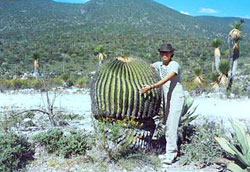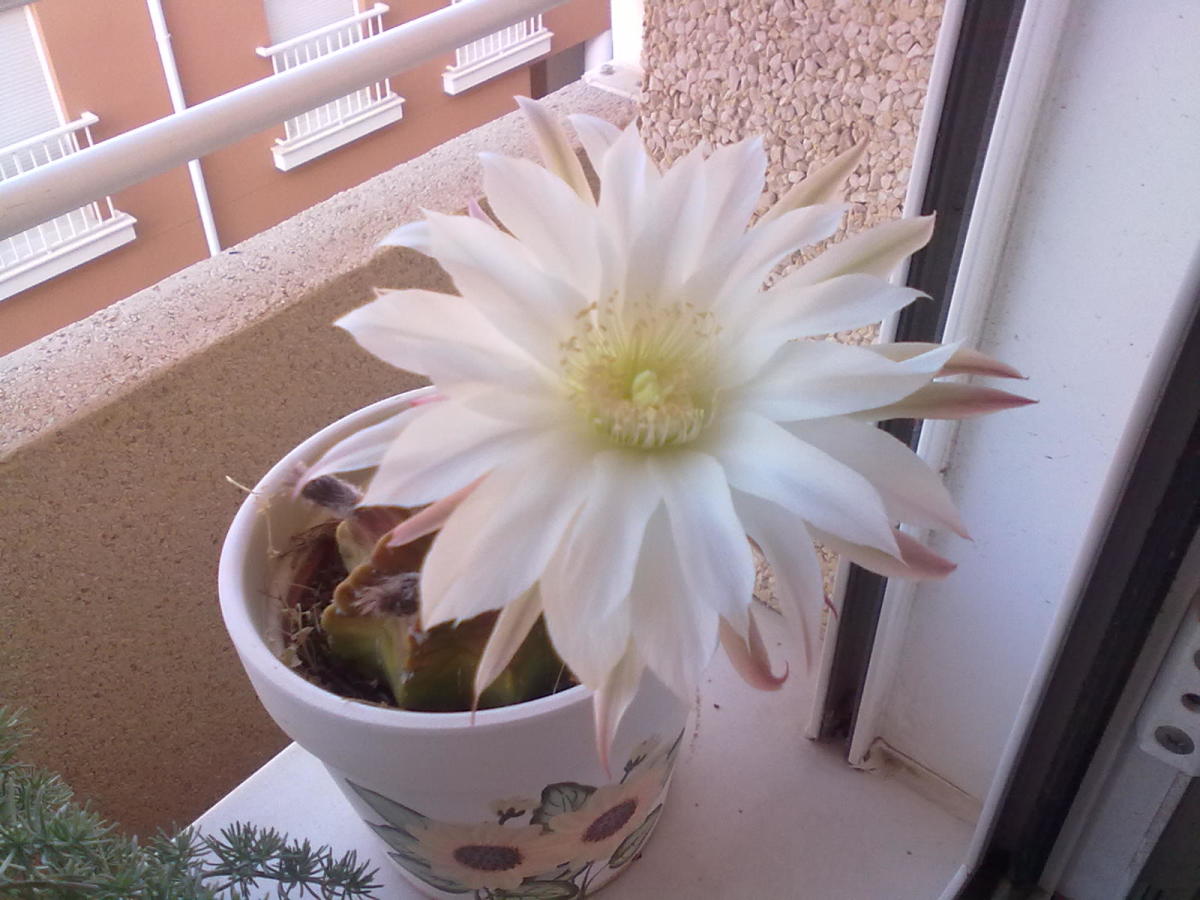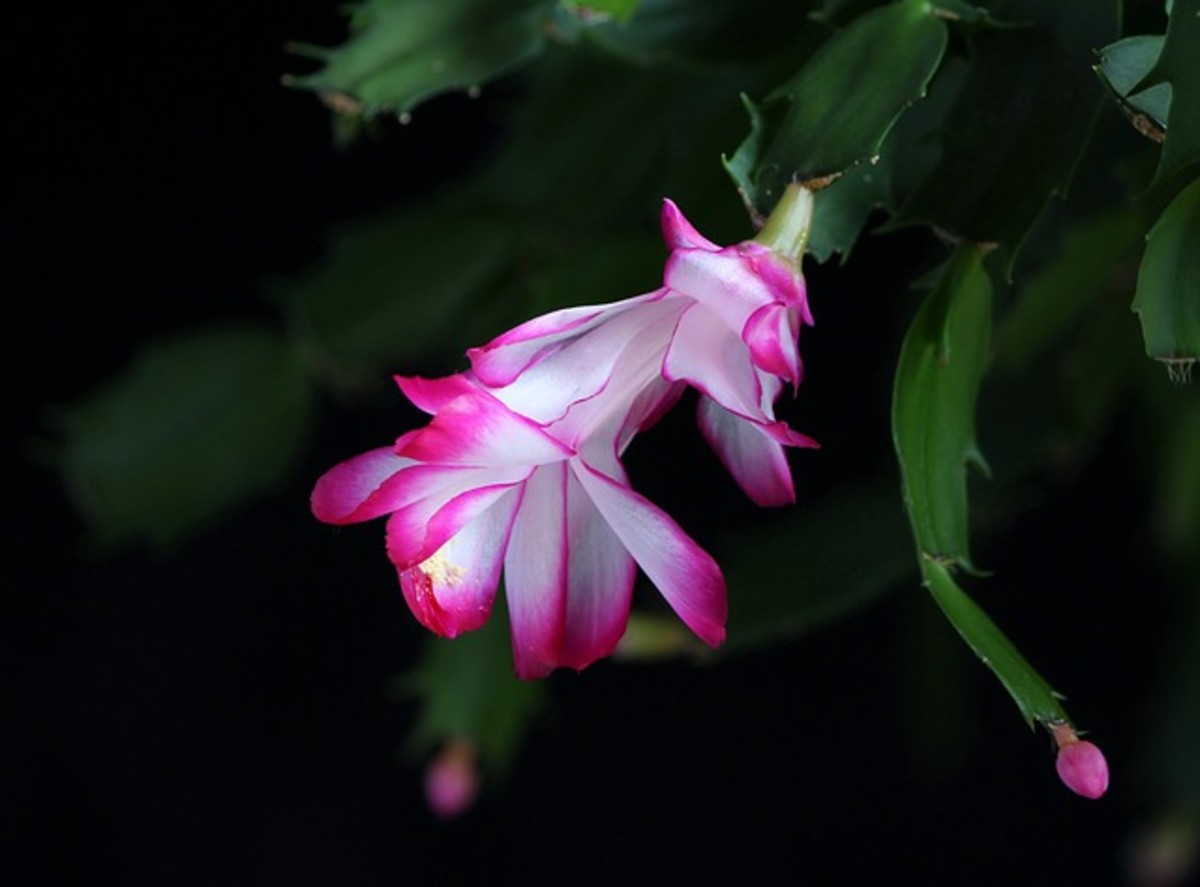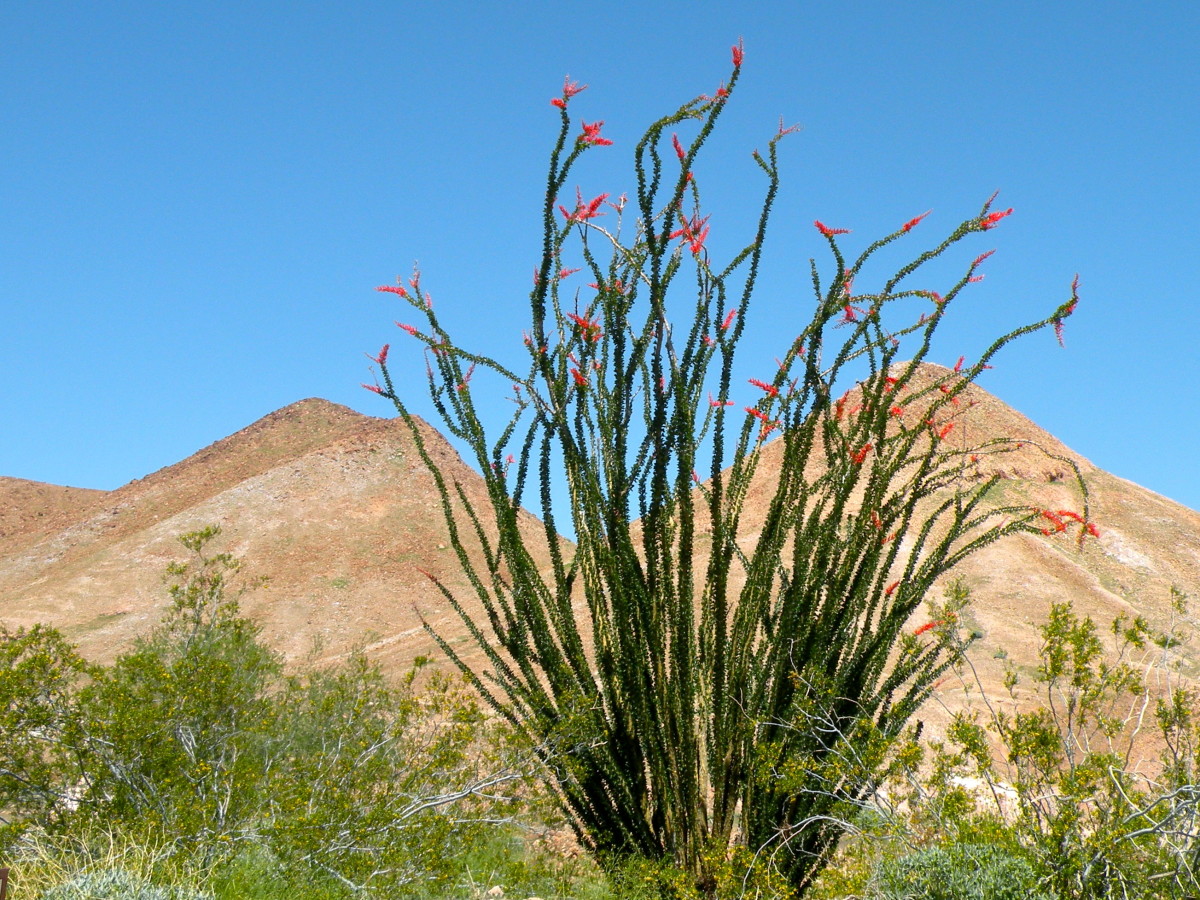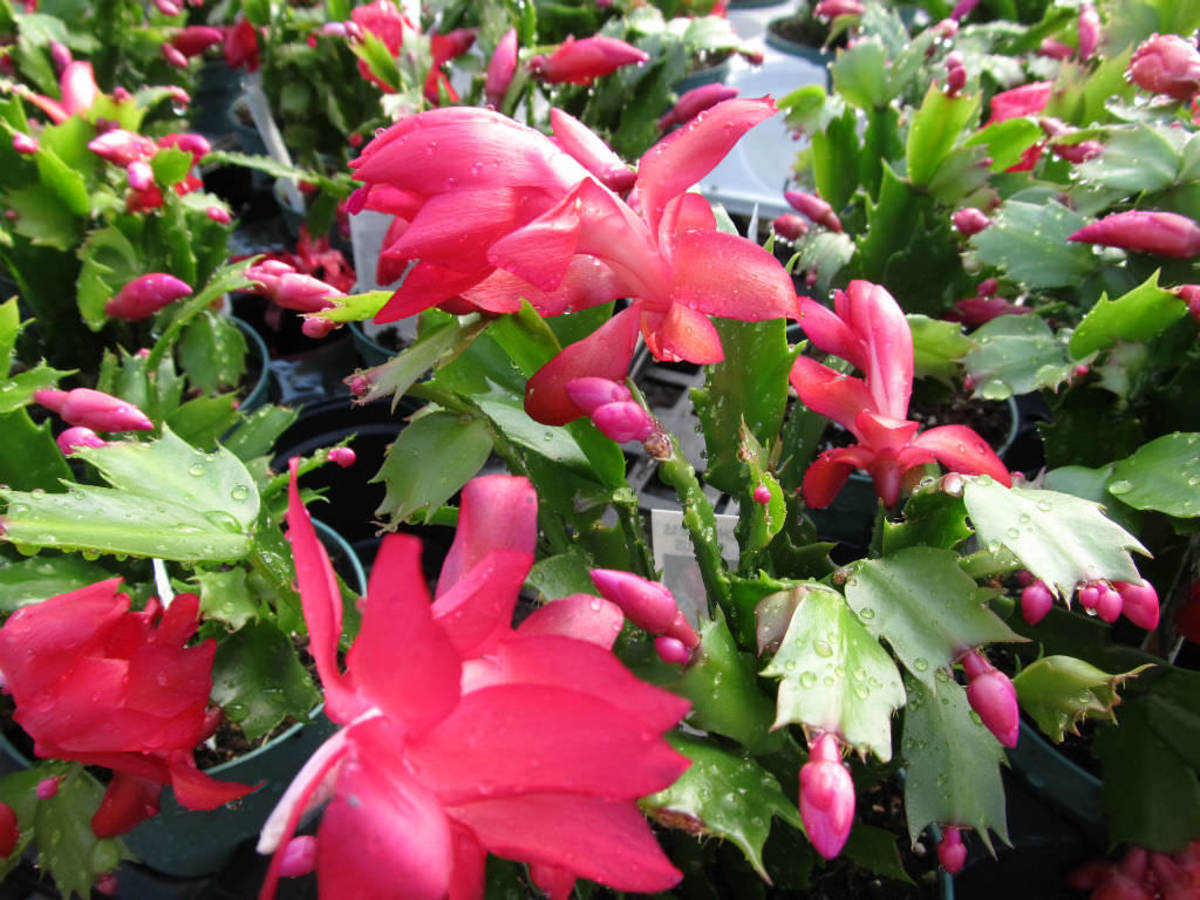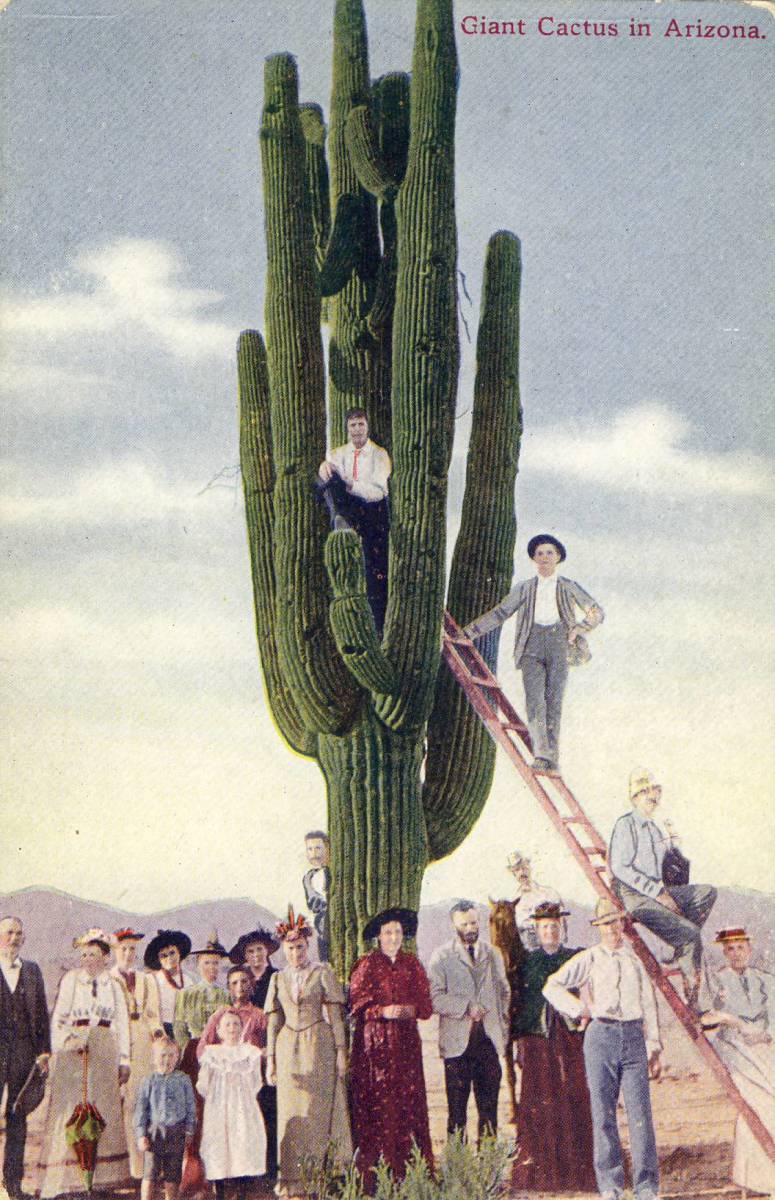A Cactus is a Plant: But All Cacti Are Different
Plants with Personality: Cacti.
Click thumbnail to view full-size





Cacti: Fairly Happy in the UK
They Are Plants: But Cacti Are Different
Except for just one species, cacti are native only to the Western Hemisphere. More than 1000 distinct species occur in Mexico where natural selection has provided the means for these unique plants to survive in conditions where most others fail. On their survival depend many other life-forms: reptiles, birds, insects and even small mammals. And they were once very significant in man’s survival in desert regions.
All cacti share several traits: They are perennial plants with fleshy stems and green outer flesh to store water and employ photosynthesis. As the latter requires plants to open their stomata to let in carbon dioxide, unlike most other plants, cactus does this at night so their precious liquid store won’t be evaporated by the noon heat through their stomata. Then they can use the sunlight during the day with the needed carbon dioxide already in solution. This is why in the UK it is a good idea to put your cacti in the full sun (such as it is) during the day without fear the heat will trouble your plants. But cacti will not survive the frost in UK winters and will need covering well, or bringing indoors. Just one hard frost can kill the largest of cacti, several exposures certainly will, causing it to die and rot all the way down to the roots.
Cacti, in reality, despite their rugged and fearsome looks, are really just green balloons of stored water, this taking up about 95% of their mass…not that much different than a cucumber. And they can handle water excess, as well as live up to ten years without a drink at all! Cacti swell drum- tight when water is freely available, and shrink down to a skeleton of dried ribs when it is not. The nasty spines on cactus are there purely as defence against predation; some are mildly poisonous. Some, like the cholla family, use their barbed thorns to spread the budding limbs around. Anyone who has tried to pull cholla (pronounced “choya”) seeds from his leg will attest to the pain and blood loss that it can entail.
The Ubiquitous Barrel Cactus.
These tubby, ribbed and spine-covered characters are some of the most popular with UK gardeners, because they are easily dug up, stored and transplanted. In fact, cacti in general are the most tenacious of plants in becoming established in a new location. A piece broken off the main plant and placed on the dirt will soon grow roots from the part touching the ground and begin a new life. In their natural environment, cacti grow in all sorts of crazy configurations, angles and positions. It’s not uncommon to see them co-mingle with trees, rocks, or adobe dwellings, adding that special Eastwood “High Plains Drifter” ambience to the hut. “Duey duey do, da da daaa.” Or was that the “Good, the Bad and the Ugly,” Why worry, they’re all the same.
Back to the barrels. They also have lovely red and yellow flowers along with edible seeds (watch the fine hairs). The “Biznaga,” or Barrel Cactus occurs in around 10 varieties in Mexico, principally, Baja. The grand senor is the Ferrocactus diguetti, growing in just a couple of spots on the Baja Islands and reaching a height of 10 feet or more and 12 feet around! All barrel cactus grow tall, fat and bulky over half a century if conditions are right with regular rainfall. Lack of sunshine is never a problem in these climes.
These and other cacti had a variety of uses to past indigent populations in the Americas. They were collected, thrown on the fire to burn off spikes, then fed to stock. Many a parched traveller in the desert before the advent of roads, saved his life by lopping off the top of a barrel cactus like a breakfast egg and squeezing the liquid from the pulp within. (Don’t try this, several barrel species are poisonous). The young flowers can be gathered and cooked, a bit like cabbage; older blooms were mashed to form the base for a beverage. The fruits can be stewed, fried, or eaten straight from the plant (watch those hairs!). Indians knew how make a sweet for the kids from the fruit. And the barrels themselves were hollowed-out and used as cooking or storage utensils. The spines from these and many other cacti have been used as arrow tips, needles or awls. (Riders have been killed when their horse threw them onto an Agave plant (like cactus), the three 2-ich spike easily penetrating their chest and entering the heart).
The Organ Pipe Cactus.
Also called the Pitaya Dulce from the red, luscious fruit it produces yearly and which are sold along the road in Baja, (They are delicious and very thirst quenching). There is also the Sour Pitaya, also providing a popular fruit.
The Indians of Baja used to gorge on the fruit until their stomachs became like drums full of fermenting pitaya. They would then pop behind a convenient rock, tree or other large cactus to have a healthy dump. Which is why today many Pitaya cactus are found behind rocks and trees; the Indians had unwittingly propagated the seeds, along with a bucketful of fertilizer! Some of the seed was also separated by the Indian chef from his bud’s poop and ground into meal to be eaten with pozole! Might have been a bad time to accept a dinner invitation from the tribe back then. Wine can be distilled from juice; and the flesh can be applied to rattlesnake bite, (as you are driven at top speed to hospital, please)
Cardon
Some of the huge Cardon Cactus are more than 200 years old, reaching heights of 20 metres and weighing 10 tons! They are just a plant, not a tree, remember. Cardon are commonly mistaken for the equally massive Saguaro Cactus, but he is not found on the Baja Peninsula: lots in Arizona, though.
Cactus have become very popular in the Southern USA, where they grow naturally as well. They need little care, hardly any water and have a presence all of their own. They can be planted to make an impregnable fence, are cheap to buy and maintain; although they have become pricier: as Mexico realized thousands of plants were being stripped by motorists travelling north and cracked down on the illegal export.
They have spread like wildfire in Europe over the last ten years or so, but don’t really do well outside in our weather (Who and what does?). No garden centre is complete without its stands, pots of trays of cactus and they are snapped up.
As I gaze across the hundreds of square miles of pristine desert full of cactus in South Baja, I murmur, “You’ve come a long way, baby” And then I think of the UK today and mutter. “But, cielos, we were both better off here!”

